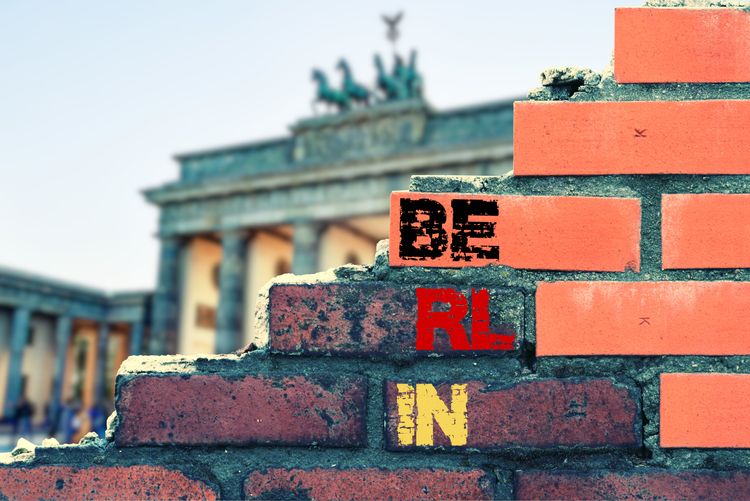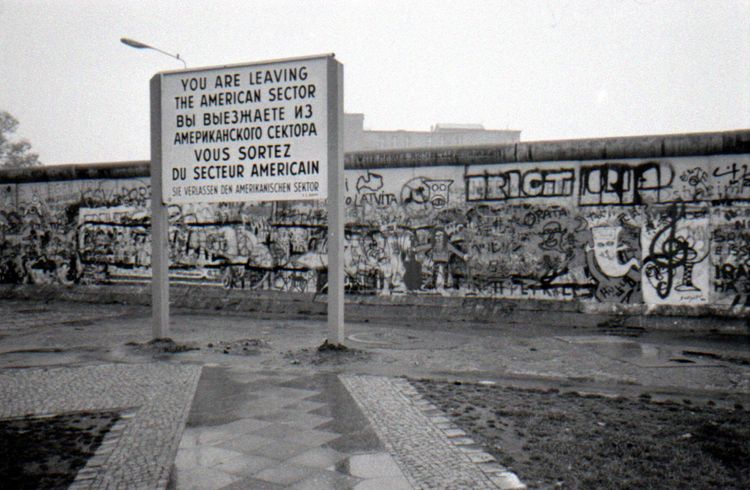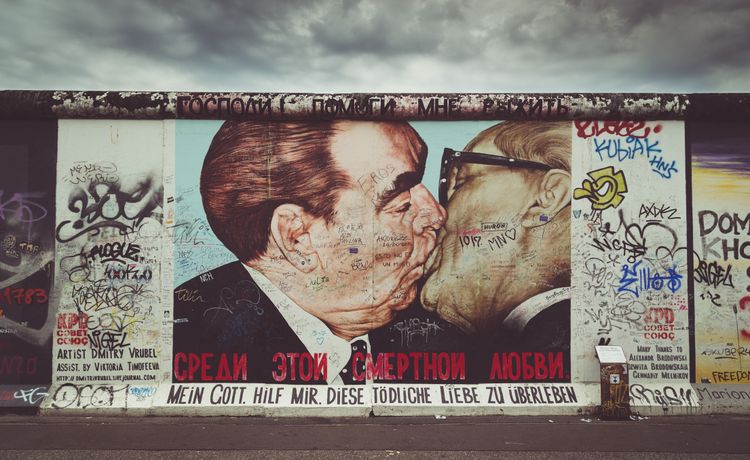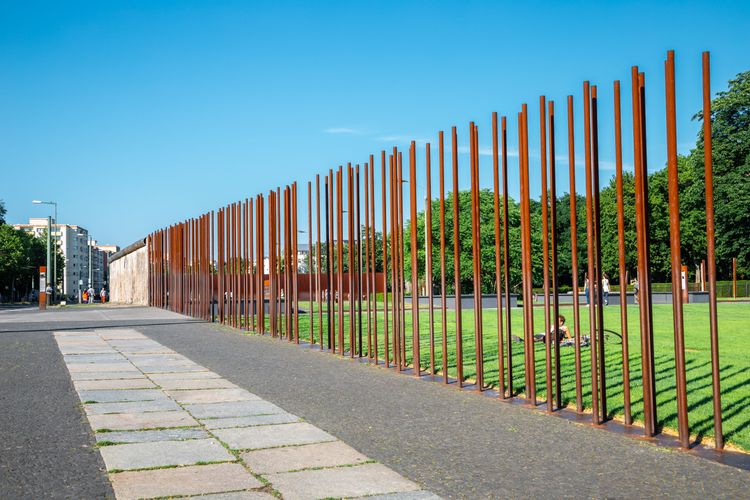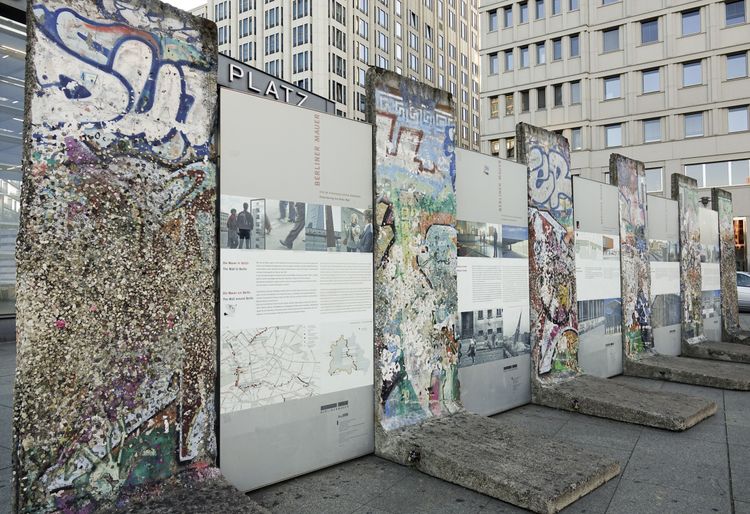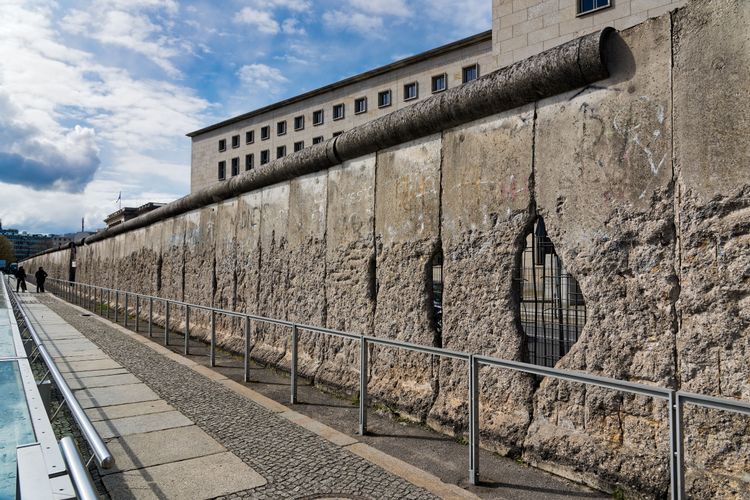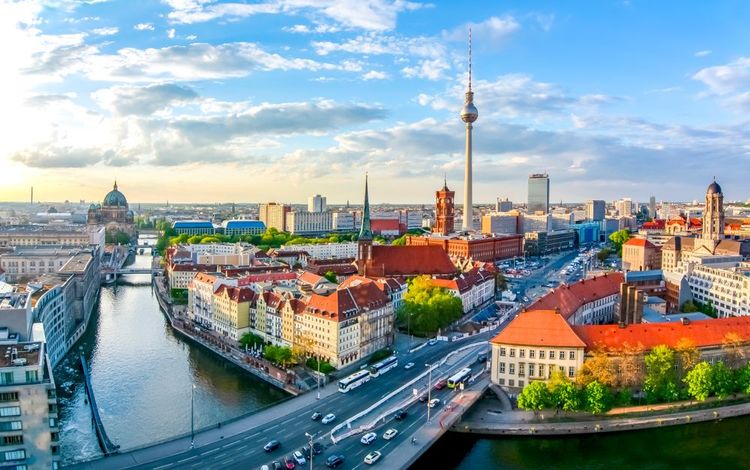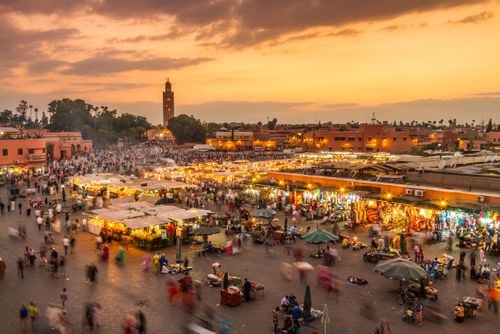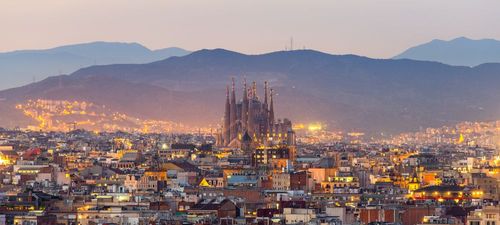The Berlin Wall is an important remnant of the Cold War era. The wall was built on the night of August 13, 1961, to divide East and West Berlin, effectively separating the two political ideologies that were at odds. Its construction came as a stark reflection of the escalating tensions between the Western Allies and the Soviet Union, which had culminated in the formation of the two German states after the end of World War II. Stretching for approximately 96 miles, the concrete barrier, bolstered with guard towers, barbed wire, and a heavily fortified "death strip," ruthlessly severed families, friends, and a nation torn apart. During its existence, escape attempts had tragic consequences, with the wall symbolising the Iron Curtain's grip on Eastern Europe. However, at the end of the 1980s, the fate of the wall took an unexpected turn. On 9 November 1989, the whole world watched in astonishment as cheering crowds broke through the barrier, marking the end of an era. The fall of the Berlin Wall opened a new chapter in history, resulting in the reunification of Germany in 1990. Today, its remains are a poignant reminder of the enduring human spirit and the resilience of a city rising from the ashes of division. Nowadays, exploring the history of the Berlin Wall is a profound journey that exposes the depths of human courage, the consequences of political ideologies and the triumph of unity over discord - a testament to the need never to forget the lessons of the past.
 Berlin
Berlin
